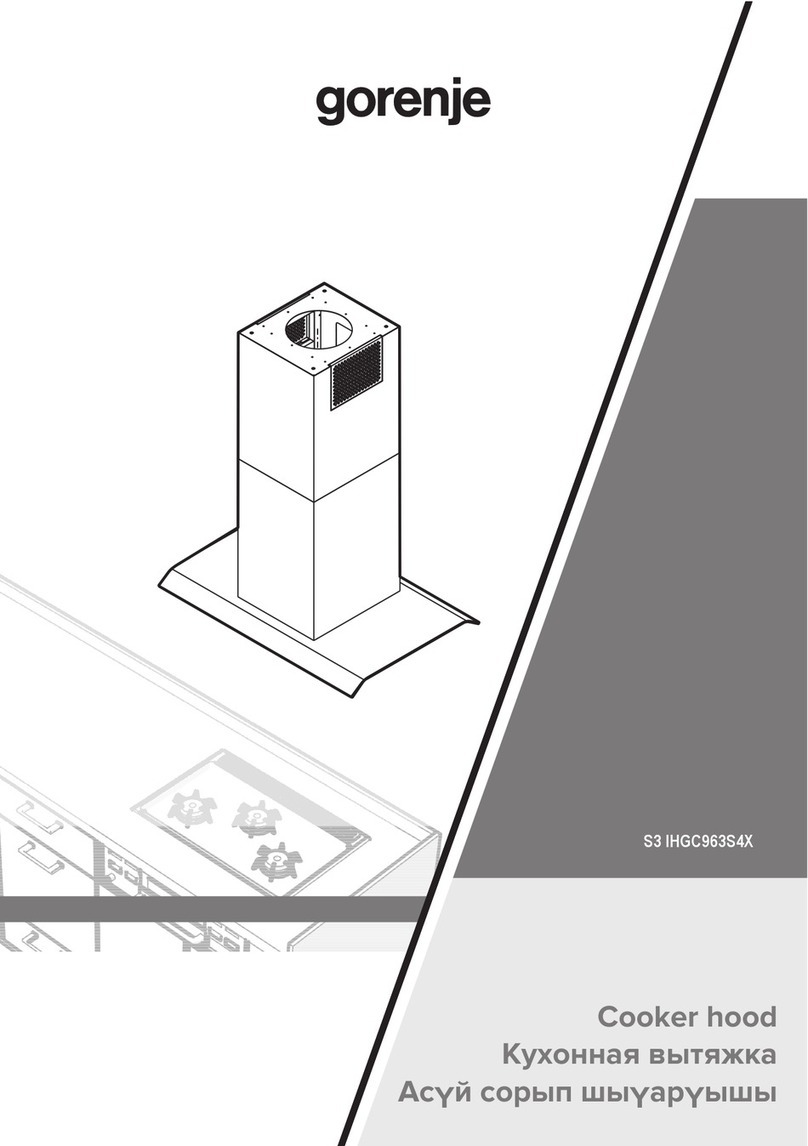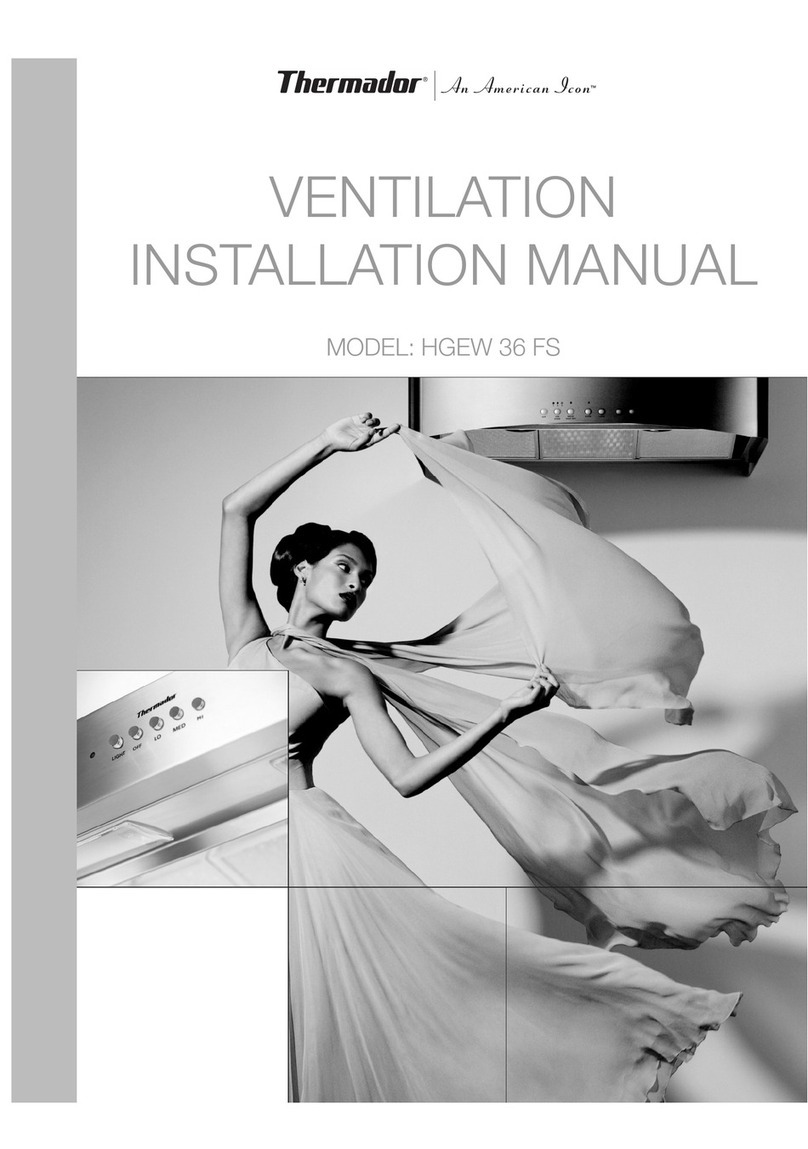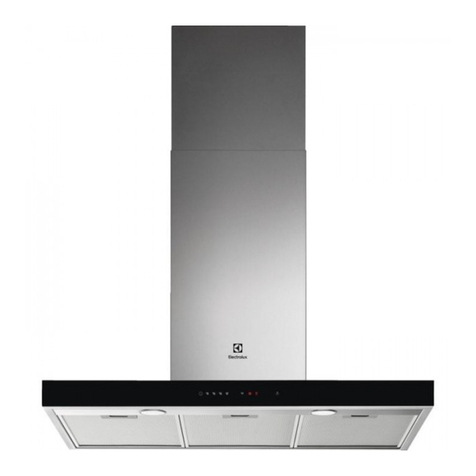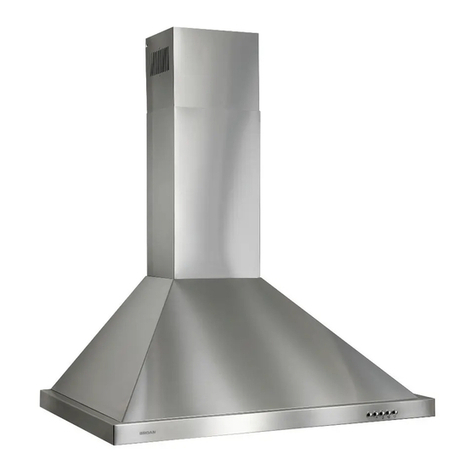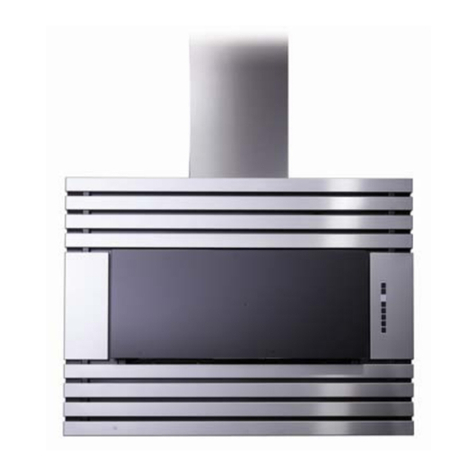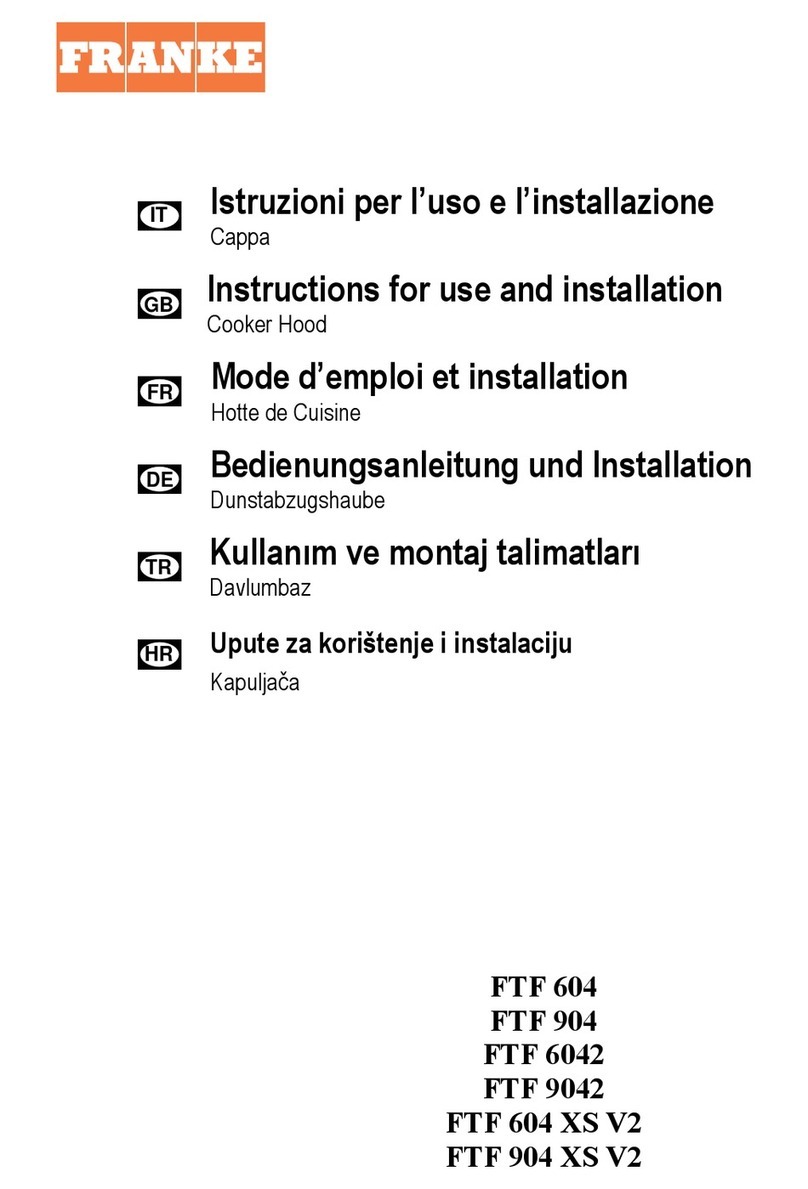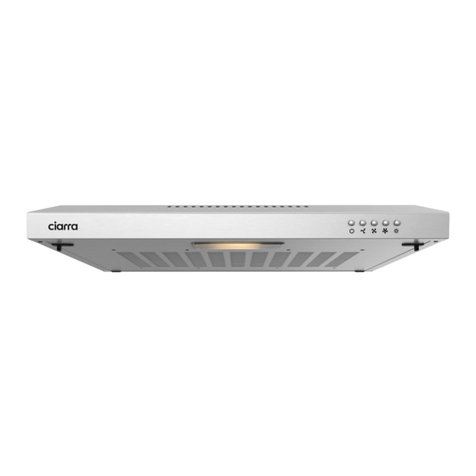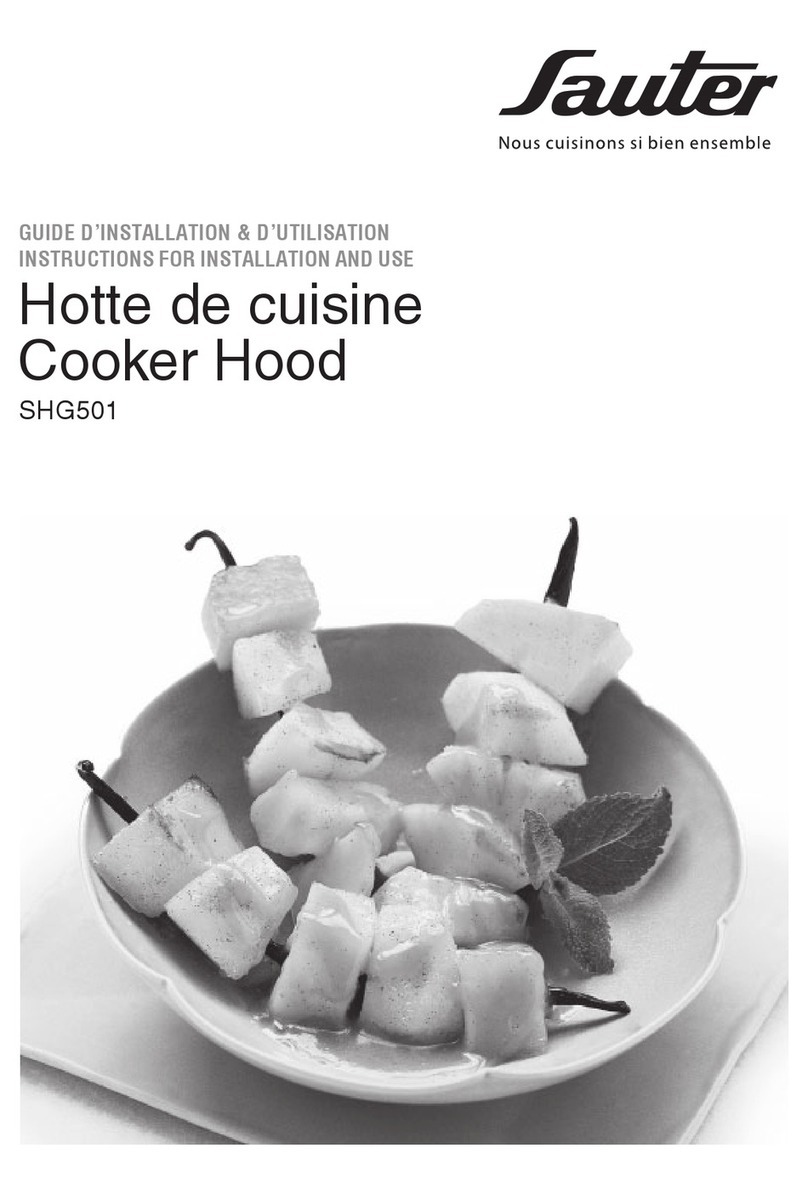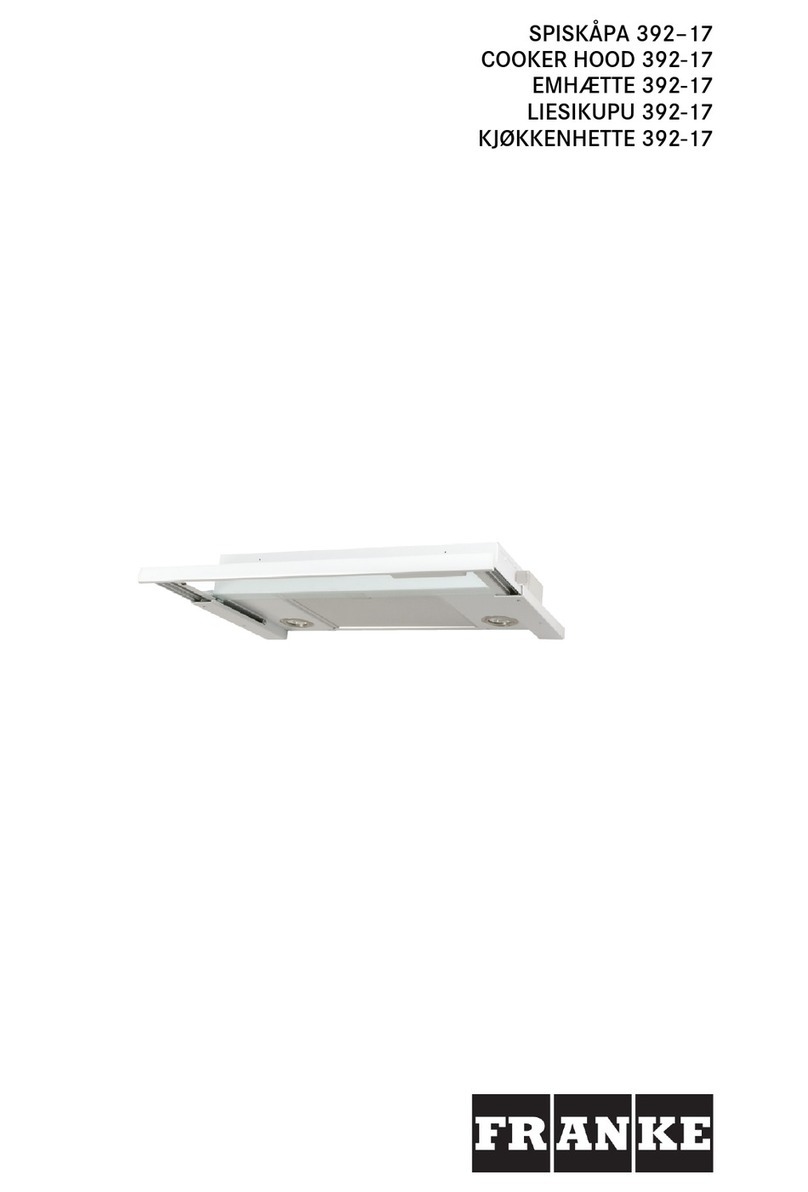
Supply/Return Button
The LoFlo Balometer® Capture Hood is in supply
mode when turned on. This is indicated on the
display with the supply indicator . To take return
air measurements, press the supply/return button
on the front of the meter. Return air mode will be
indicated on the display with the return indicator
.
Significant errors may result if:
Instrument is not in proper mode.
Fabric hood is not used with vent open
mode.
Vent Closed/Vent Open Modes
When the instrument is turned on, it is in the vent
closed mode . When the vent closed indicator
is on, the vents must be closed to take the
measurement. Close the vents by loosening the
thumbscrew and sliding the vent baffle to the fully
closed position and locking the vent in place
again.
The vent open mode is indicated with the vent
open indicator on the LCD . Open the vents by
loosening the thumb screw and sliding the vent
baffle to the fully open position and locking it into
place again. Then press and hold the handle
switch for more than 3 seconds to switch the
LoFlo Balometer® Capture Hood to the open vent
mode.
The vent open mode was developed for higher
volume rates on larger diffusers; the 2' x 2' or 650
mm x 650 mm hood should always be used with
vent open mode.
1-Point Measurement Mode
The default mode of the LoFlo Balometer®
Capture Hood is the 1-point measurement mode.
If you are in 2-point measurement mode, simply
turn the instrument off and turn back on.
The 1-point measurement mode is described in
the Getting Started section earlier in this manual.
This is the faster, simpler way to take
measurements.
Use Vent Closed Mode for measurements
between:
10 to 150 cfm (17 to 255 m3/h, 4.7 to 71 l/s).
NOTE: In Vent Closed Mode, volume rates
below 8 cfm (13 m3/h, 3.6 l/s) are displayed as
0; volume rates above 517 cfm (879 m3/hr, 244
l/s) are displayed as Or.
Use Vent Open Mode for measurements between:
150 to 500 cfm (255 to 850 m3/h, 71 to 236 l/s)
NOTE: In Vent Open Mode, volume rates
below 150 cfm (255 m3/h, 71 l/s) are displayed
as Ur; volume rates above 517 cfm (879 m3/h,
244 l/s) are displayed as Or.
2-Point Measurement Mode—Supply
Only
To activate the 2-point measurement mode, turn
the instrument off. While pressing the handle
button, turn the instrument back on. The 2-point
mode indicator will show.
The 2-point measurement mode takes both vent
open and vent closed measurements to calculate
a resistance-compensated volume flow rate.
The process starts with the vents closed and the
display showing the vent closed indicator.
1. Place the LoFlo Balometer® Capture Hood
over the diffuser to be measured and press
the handle switch once to take the vent closed
measurement.
2. The instrument stores that reading.
3. The display will now show the open vent
indicator and you should open the vents.
NOTE: Make certain you are using a fabric
hood when in 2-point mode.
4. Again place the LoFlo Balometer® Capture
Hood over the diffuser to be measured and
press the handle switch to take the vent open
measurement.
5. The instrument calculates and displays the
compensated reading.
6. The numeric display will flash; press the
handle switch again and the instrument will
display the vent closed indicator. Close the
vents.
7. Return to Step 1 to take another resistance
compensated reading.
NOTE: Return to 1- point measurement mode
at any time by turning the power off and on.
www.GlobalTestSupply.com
Find Quality Products Online at: sales@GlobalTestSupply.com
